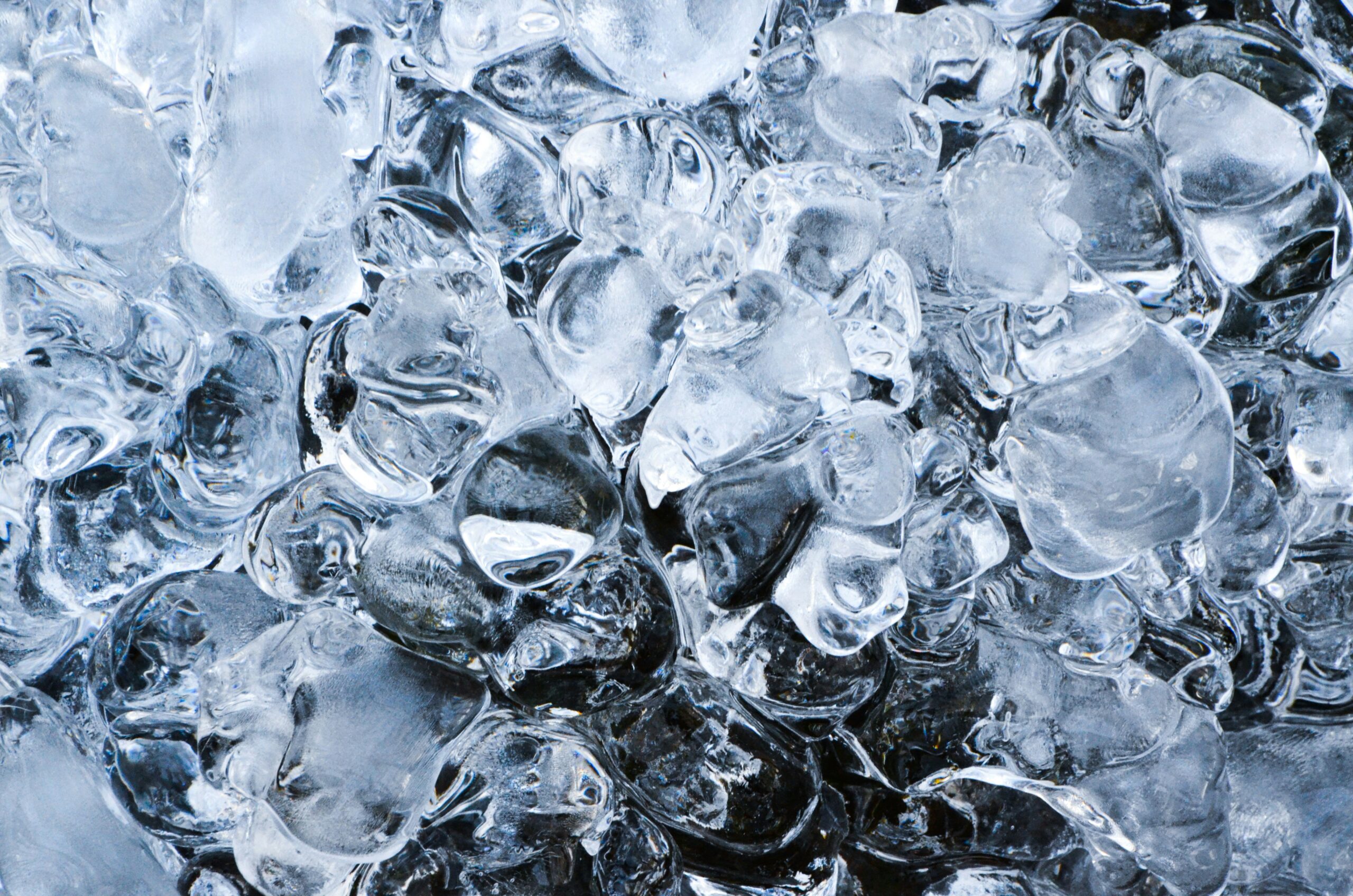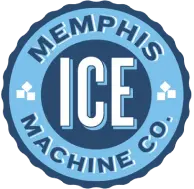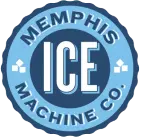proudly serving
the mid-south
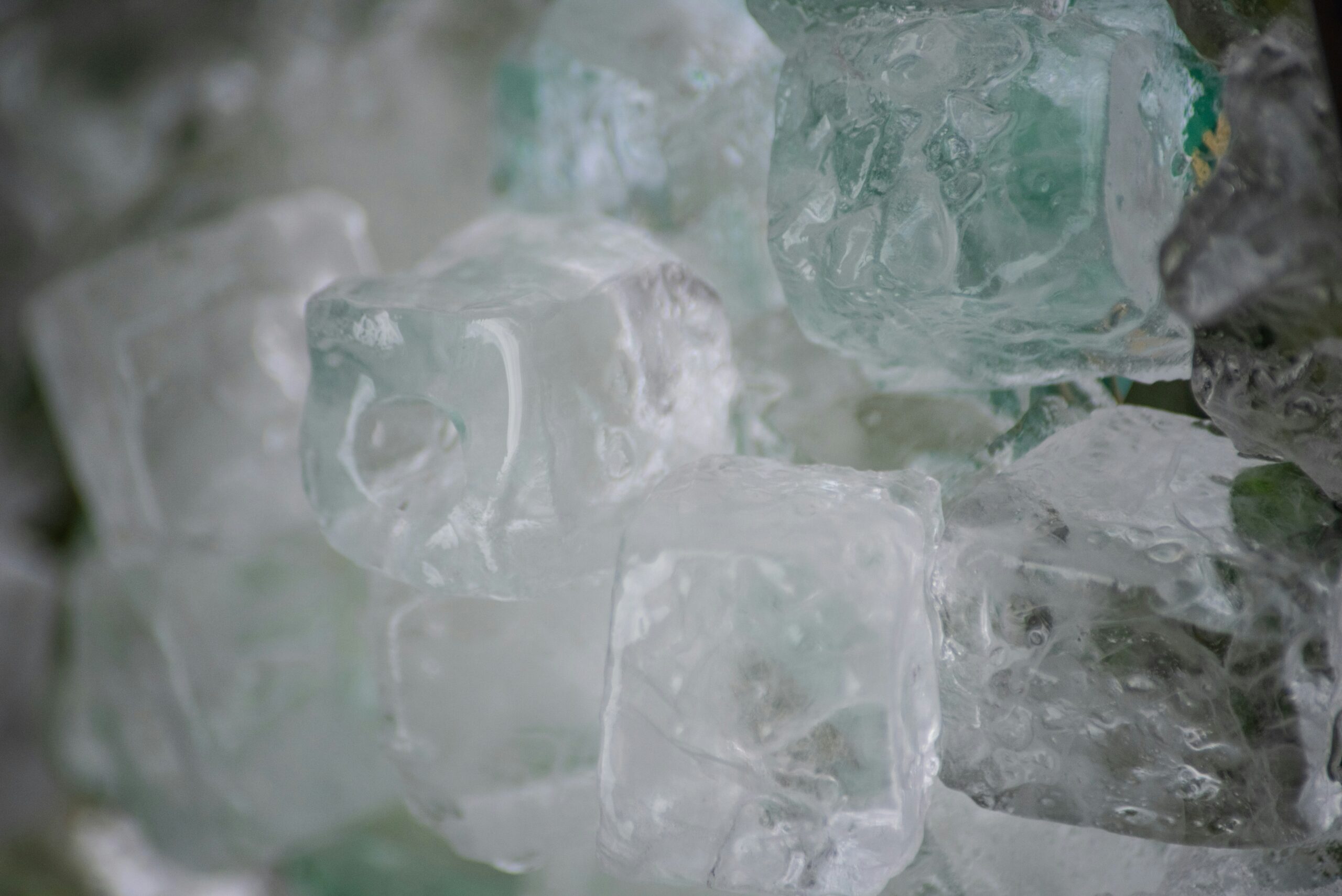
Why Is My Ice Machine Slow? Easy Fixes to Speed It Up
If your ice machine’s dragging its feet, it can really throw off your whole operation. The most common reasons for slow ice production include clogged filters, water supply issues, or dirty components that need cleaning or maintenance. These things keep your machine from hitting its stride, and if you ignore them, they’ll just get worse.
You rely on your ice machine every day—especially when things get hectic. At Memphis Ice, we get it: a slow machine just means more headaches for you. Spotting and fixing these issues quickly keeps your ice coming and your stress level down.
Common Reasons Your Ice Machine Is Slow
If your ice machine’s taking its sweet time, a few things could be at play. Sometimes it’s as simple as water flow, other times it’s parts that need some TLC.
Low Water Supply
Your ice machine needs a steady water supply to crank out ice. Low pressure or a blocked line slows everything down. Less water means less ice—pretty straightforward, right?
Look for kinks in the water line or valves that aren’t fully open. Hard water can leave minerals behind, clogging things up. If the supply isn’t consistent, the machine just sits there waiting. Usually, you can fix this by boosting the water pressure or clearing out any blockages.
Incorrect Temperature Settings
Temperature’s a big deal for ice production. If your machine’s sitting in a hot spot, it’ll struggle to freeze water quickly. Warm kitchens or stuffy corners are common culprits.
The water going in should be cool, too. Hot water just drags out the process. Keep your machine away from heaters and direct sunlight if you can. Tweak the thermostat and get some air moving around it—you’ll probably see things speed up.
Clogged Water Filter
When your water filter’s clogged, water can barely get through. Filters catch sediment and minerals, but if you never swap them out, they’ll choke the flow.
Notice the ice tastes weird or looks cloudy? Check that filter. Dirty filters can even make your ice smell off. Stick to your machine’s filter replacement schedule. It’s a small thing, but it keeps ice production humming along.
Dirty Condenser Coils
Condenser coils help your machine get rid of heat. If they’re caked with dust or grease, the whole system has to work overtime—and ice production crawls.
Give those coils a look at least a couple times a year, or more if you’re busy. Usually, a soft brush or a vacuum does the trick. Keeping them clean keeps your machine cooler and speeds up ice making. At Memphis Ice, we always remind folks to check those coils regularly.
Water Quality and Supply Concerns
Your ice machine’s only as good as the water you give it. Crummy water or a shaky supply can slow things down and mess with your ice’s look and taste.
Hard Water Buildup
Hard water’s packed with minerals like calcium and magnesium, and they love to stick around inside your ice machine. Over time, they form a crust in water lines and cooling parts, making everything less efficient.
You’ll probably notice smaller, cloudy cubes or a slowdown when this happens. Regular cleaning and a water softener or filter help keep mineral buildup in check.
Honestly, just checking your water quality every so often saves you trouble down the line.
Low Water Pressure
Without enough water pressure, your ice machine just can’t keep up.
Leaks, old pipes, or issues in your building’s plumbing can all drag down pressure. You might see slow cycles or weirdly sized cubes.
Check all your water connections and make sure the supply valve’s wide open. If you’re still having pressure problems, a Memphis Ice pro can sort it out.
Water Line Blockages
Clogged water lines—whether from minerals, dirt, or a kink—mean your machine can’t fill ice trays properly.
When water’s not flowing, you’ll get smaller cubes or maybe none at all.
Check those lines regularly and swap out filters on time. Clearing or replacing a blocked line usually gets things back to normal.
Environmental Factors Affecting Ice Production
Where you put your ice machine—and what’s going on around it—matters a lot. Bad placement or poor airflow can make it sluggish.
Room Temperature Influence
The temperature in your machine’s room can make or break its performance. If it’s over 75°F, your machine has to hustle to freeze water, and that slows down production.
If it’s too cold, under 50°F, things can bog down too. These machines like a sweet spot—between 70°F and 75°F is best.
Keeping the room in that range just makes everything easier.
Poor Ventilation
Machines need to breathe! Without good airflow, heat builds up around the condenser and compressor. That slows everything down.
Don’t shove your ice machine into a tight corner. Give it a few inches of space all around, and keep vents and fans clean.
Clear airflow helps your machine stay cool and crank out ice like it should.
Location of the Ice Machine
Where you set up your machine really matters. Stick it outside, and it’ll get battered by the weather—heat, cold, rain, you name it. That stresses the machine and slows it down.
Inside, keep it away from ovens, fryers, or anything else that pumps out heat. A climate-controlled room with steady temps and good airflow is ideal.
First thing we suggest? Check where your machine’s sitting if it starts to lag. Sometimes a quick move can save you a service call.
Mechanical and Component Issues
Sometimes, slow ice production comes down to what’s happening inside the machine. Thermostats, sensors, and other parts all need to pull their weight. If they’re not, your machine just can’t keep up.
Malfunctioning Thermostat
The thermostat keeps things cold enough for ice to form. If it’s off, you’ll get soft cubes or the machine just runs forever without making much ice.
A bad thermostat can lead to uneven freezing or overheating. This strains everything and slows down production. Usually, recalibrating or swapping out the thermostat fixes it. Memphis Ice techs check this right away because it’s a usual suspect.
Faulty Ice Maker Sensor
Sensors tell the machine when to start or stop making ice. If they’re dirty or busted, they send the wrong signals, making the machine quit early or not start at all.
Sometimes, the machine just runs and runs, wasting energy but not making more ice. Cleaning sensors and checking their connections helps. If they’re shot, you’ll need new ones.
Worn Out Parts
Motors, pumps, valves—they all wear out eventually. When they do, your ice machine loses efficiency. Maybe the motor’s tired and spins slow, or the water pump’s not moving enough water.
Listen for weird noises or watch for inconsistent ice. Spotting worn parts early and swapping them out keeps things running. Memphis Ice always recommends routine inspections, especially before your busy season.
Maintenance Tips to Improve Ice Production
If you want your ice machine to keep up, you’ve got to give it some love. Regular care and swapping out tired parts go a long way.
Regular Cleaning Schedule
Dirt, minerals, even mold—if you let them build up, your machine will slow down. Clean your ice machine at least once a month, more if you’re running it hard. Focus on the ice bin, water reservoir, and any exposed surfaces. Use a food-safe cleaner.
Pop out and clean the water filter screen, too. Look for ice buildup around the evaporator plate—chip it away carefully with a plastic tool.
Skipping cleaning just lets gunk pile up and makes your machine work harder for less ice.
Replacing Filters and Parts
Your ice machine’s only as good as its water and its parts. Change water filters every 3-6 months, depending on how rough your water is. Clogged filters slow everything down.
Check and replace worn parts like the inlet valve, gaskets, and sensors when needed. If your machine’s old or sees heavy use, don’t wait for a breakdown—swap things out on schedule. Memphis Ice recommends sticking to your manual’s timeline or talking to a tech if you’re not sure.
When To Call a Professional
If your ice machine is still dragging after you’ve checked the basics—water supply, cleaning, all that—it’s time to call in the pros. Unusual noises like grinding or buzzing usually mean something’s up inside.
Watch for leaks, clogs, or ice that smells or looks funky. If you ignore these, they’ll just get worse.
If you’re not getting enough ice, or the cubes are tiny or melting fast, don’t put it off. A pro can tell if it’s the environment or something mechanical.
Regular maintenance helps, but if something feels off, reach out to Memphis Ice. We’ve helped Mid-South businesses stay cool since 1977 and can get you sorted fast.
Honestly, turning the machine off and calling a tech is way better than risking a total breakdown. Quick action usually means cheaper fixes and less downtime.
Here’s when to call:
- Weird noises from the machine
- Sudden drop in ice production
- Water leaking around the unit
- Ice looks cloudy or smells bad
- Ice cubes are shrinking or melting too quickly
If you want less stress and more ice, talk to a Memphis Ice expert. We handle the headaches so you don’t have to.
Frequently Asked Questions
Slow ice production? Could be temperature, water flow, or a blockage. Usually, some basic fixes and regular care get things moving again.
What steps can I take to increase my ice maker’s production?
Keep your machine in a room that’s 70-75°F. Clean or swap out water filters often so water keeps flowing. Clear out any ice buildup that could be blocking things up. And honestly, a pro check-up twice a year never hurts.
Why might a commercial ice machine be producing ice at a slower pace?
Cold rooms or lousy ventilation can make these machines sluggish. Water supply issues—maybe low pressure, or a filter that’s seen better days—often mean less ice. Sometimes, you get a little too much ice buildup inside, or parts just get dirty and gum up the works. It happens.
What are some common reasons for a Whirlpool ice maker to decrease its ice output?
Water supply snags like low pressure or blocked lines pop up a lot. Dirty or ancient water filters don’t help. And every so often, the temperature sensor or thermostat just acts up, so you get less ice than you’d like.
How can I fix a Frigidaire ice maker that’s taking too long to make ice?
First, check the water valve—is it letting enough water in? Give the ice maker a good cleaning and clear out any frost. Double-check the freezer temp (0°F is usually right). If ice is stuck, sometimes you just have to thaw the whole freezer. Annoying, but it works.
What troubleshooting tips can help improve the speed of my countertop ice maker?
Try using fresh, filtered water to dodge clogs. Clean the machine often, and get rid of any ice chunks that might be in the way. Put the machine somewhere with decent airflow—don’t stick it in a hot corner or freezing garage. That alone can make a surprising difference.
What should I check if my GE refrigerator’s ice maker is not making ice as quickly as it should?
Start by checking if the water filter’s clogged or if the water line’s frozen—those are common culprits. Keep an eye on the freezer temperature; it should hover around 0°F. Take a look at the water inlet valve to see if it’s working right. If you spot any ice buildup, gently clear it out. That usually helps things get back on track.
Recent News
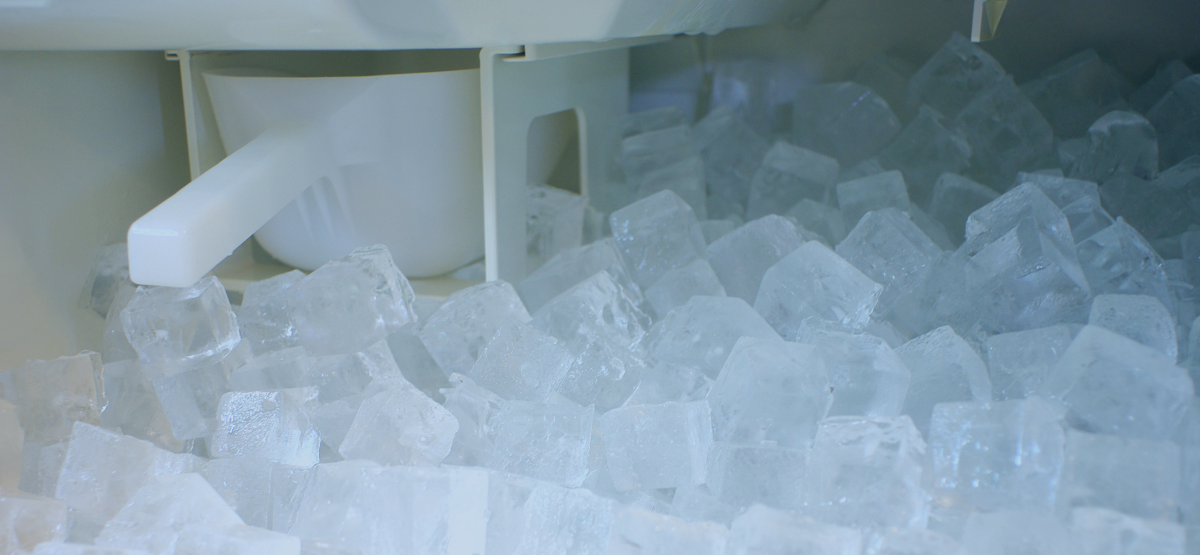
Commercial Prep Table Maintenance Tips for a Cleaner, Longer-Lasting Kitchen
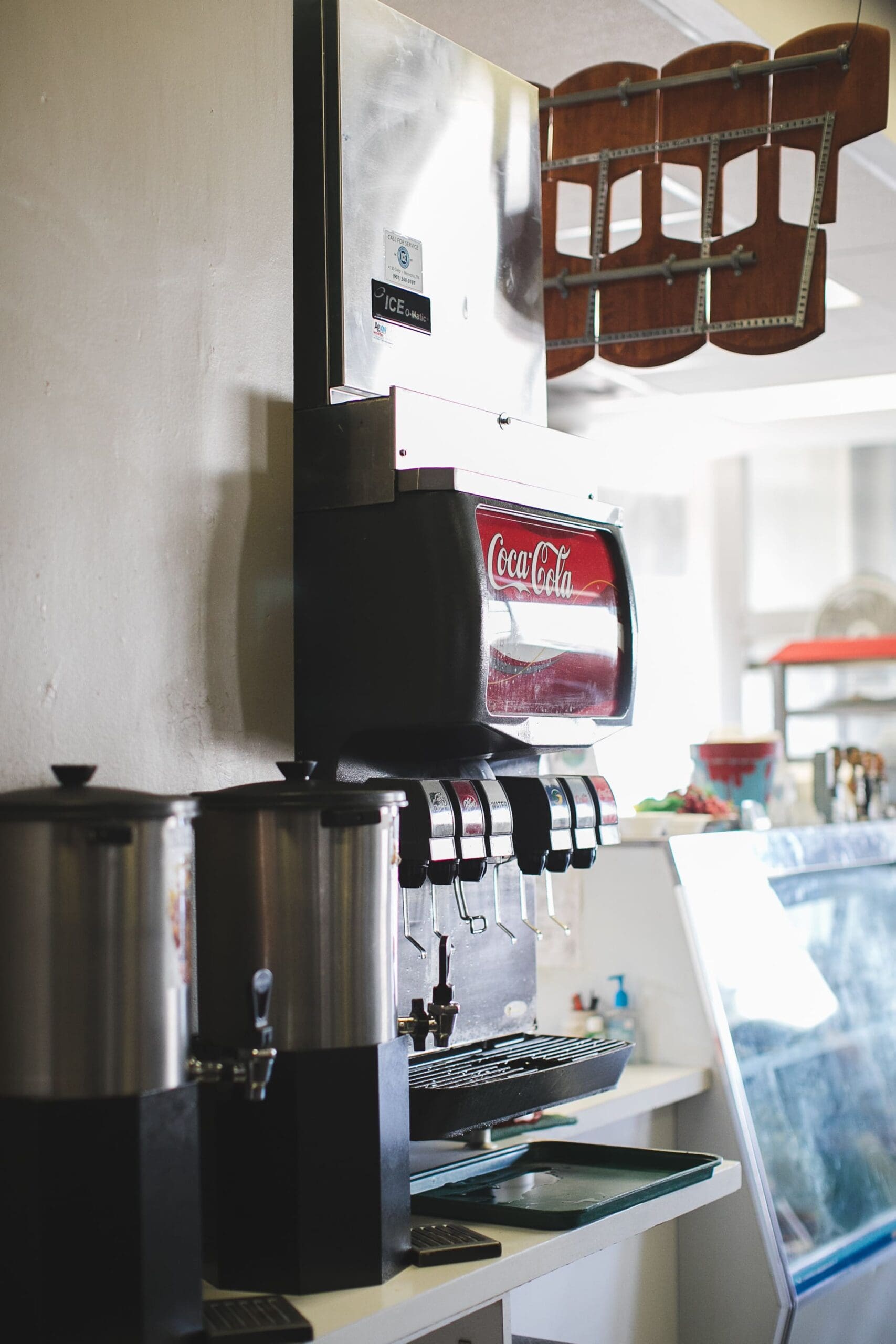
Commercial Ice Machine Rental Made Easy for Your Business Needs
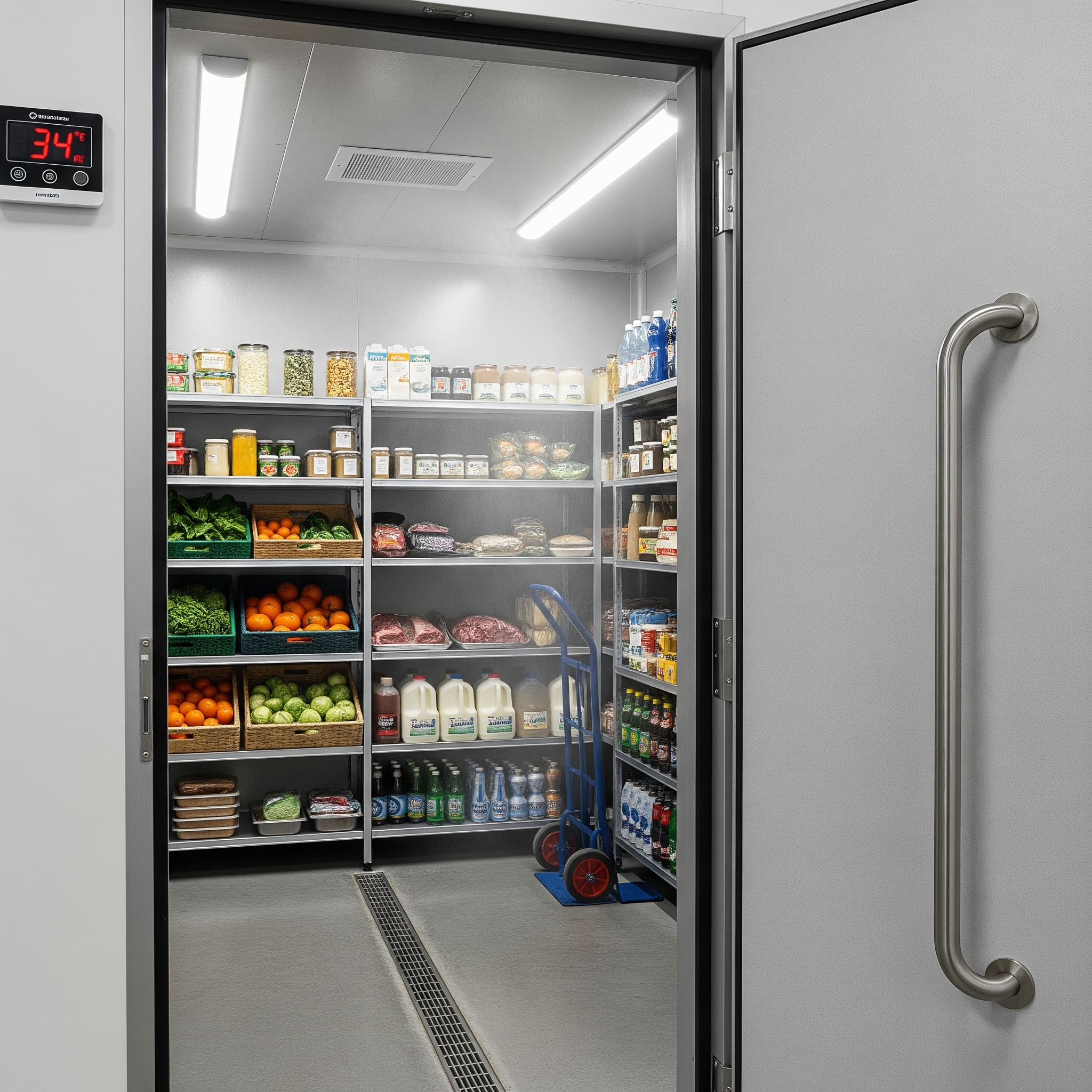
Walk-In Freezer Not Cooling Troubleshooting Tips and Fixes
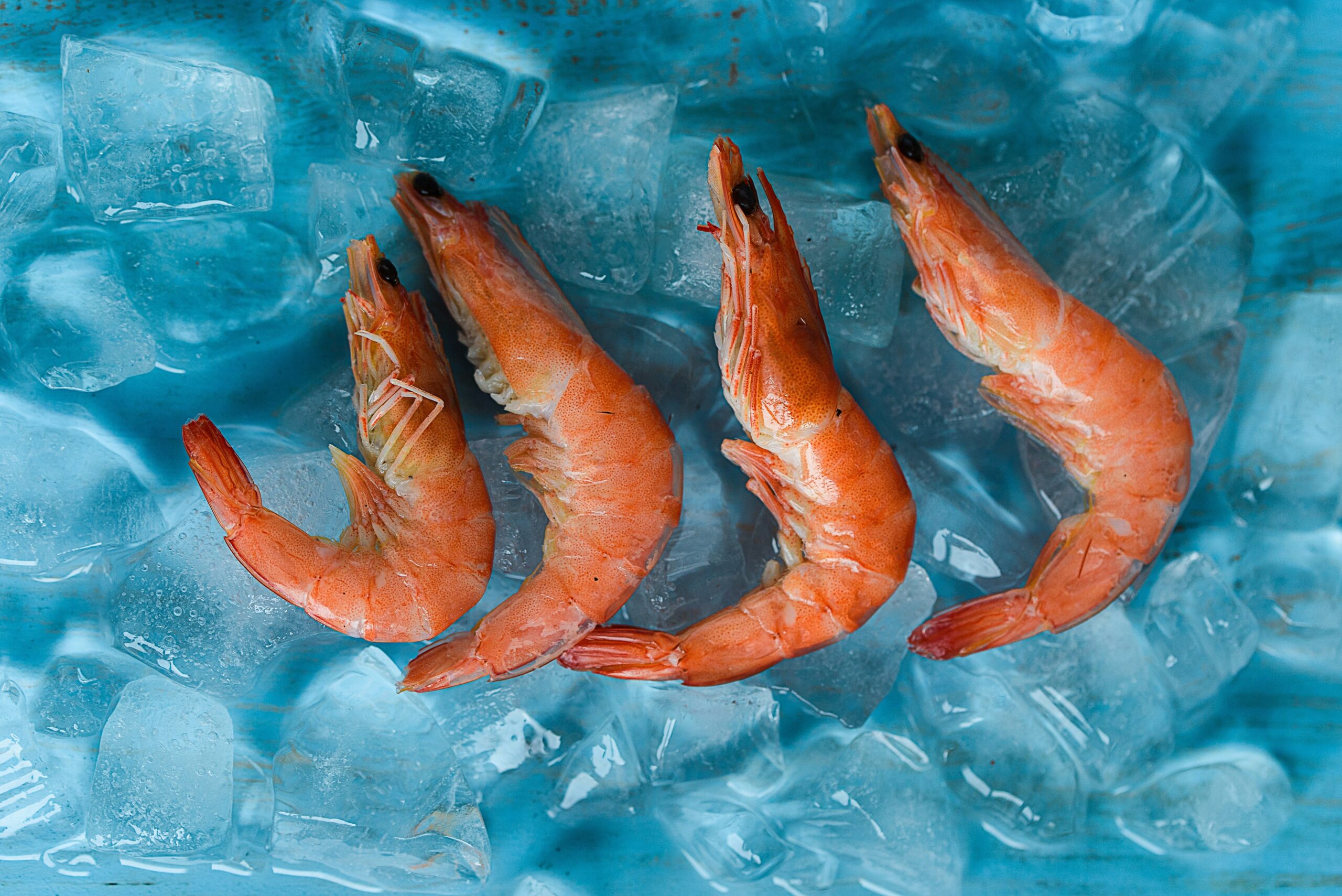
Mid-South Commercial Refrigeration Friendly Guide to Efficient Cooling Solutions
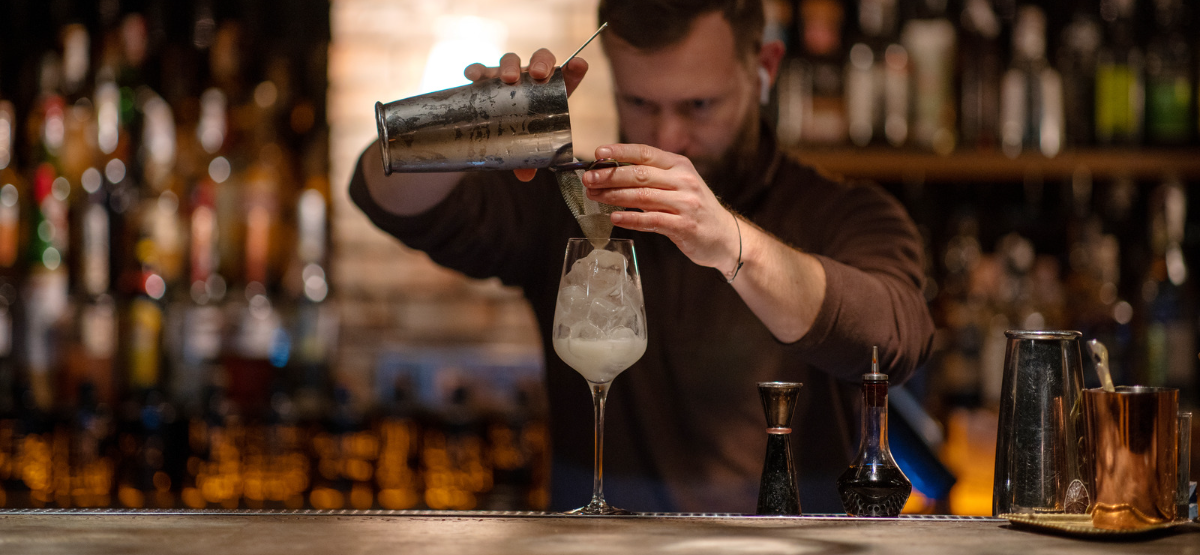
Bar Equipment Refrigeration Guide Tips for Keeping Drinks Perfectly Chilled
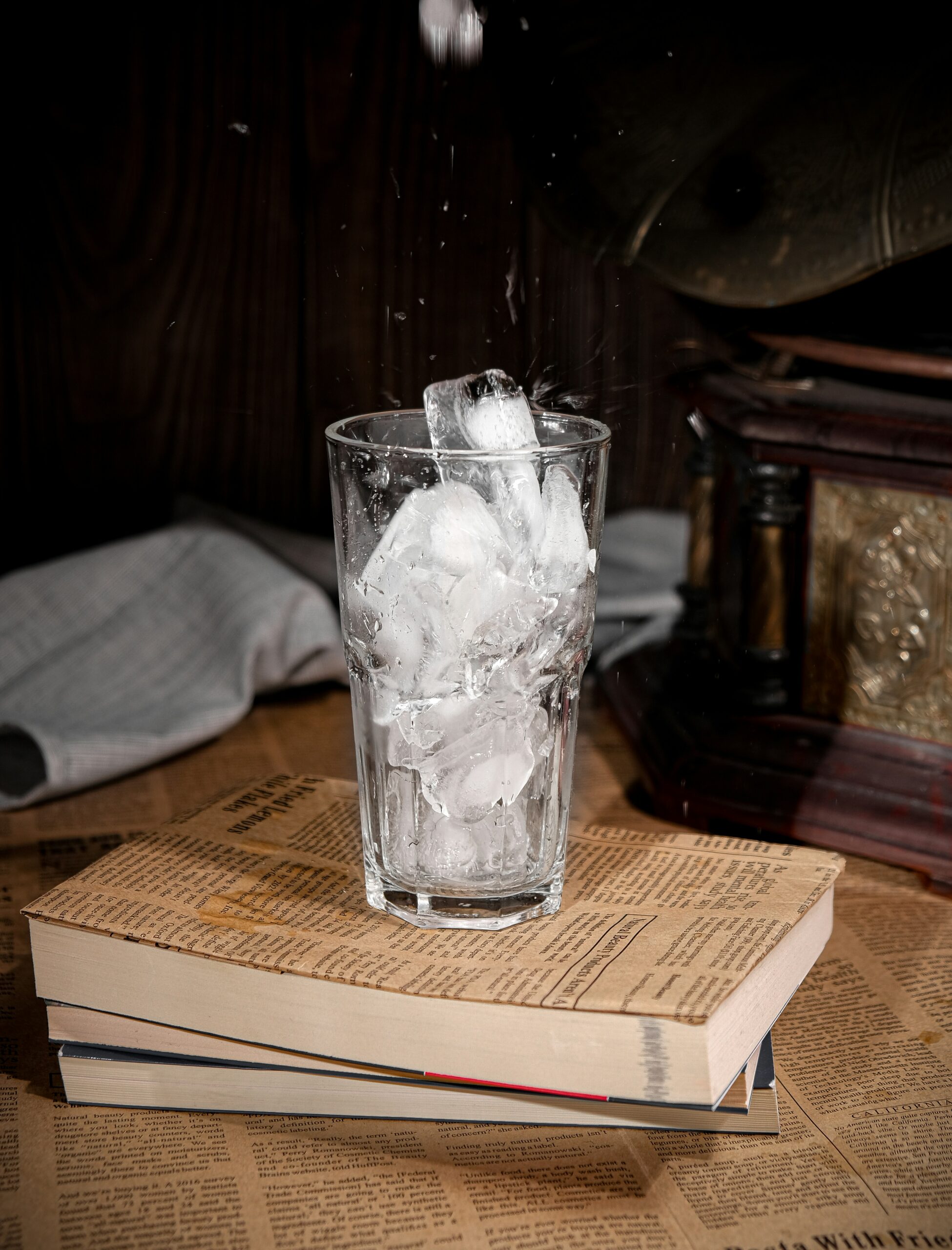
Do Ice Machines Need Water Filters? Understanding Benefits and Tips
